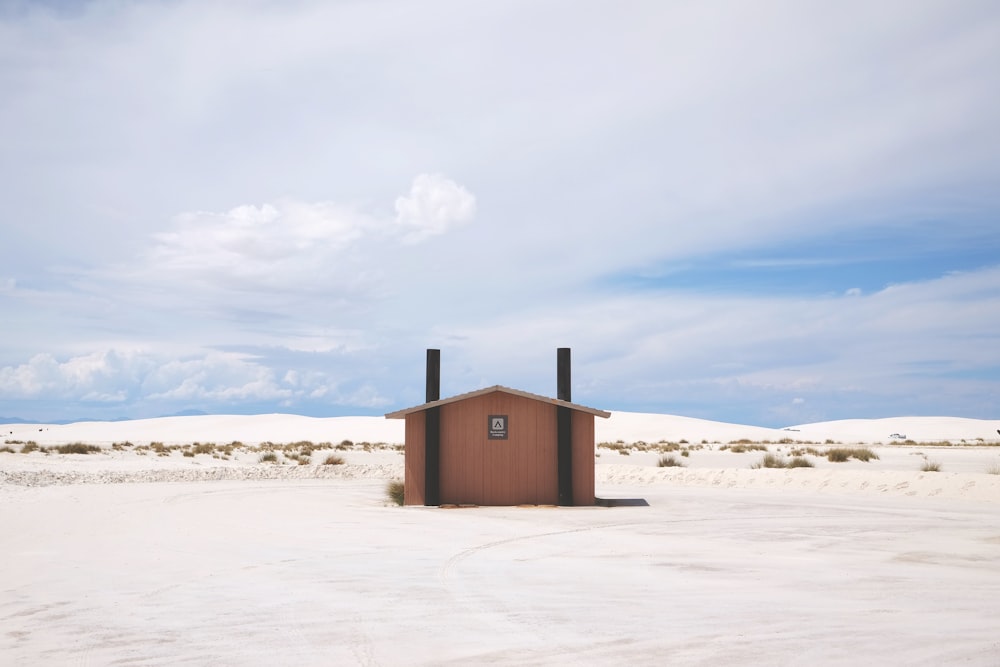The importance of clean and convenient restroom facilities cannot be overstated when it comes to enjoying the sun, sand, and surf on Florida beaches.
These amenities are not just about basic hygiene; they are integral to providing a comfortable and enjoyable beach experience for visitors.
In our exploration of public restroom facilities on Florida beaches, we delve into the essential amenities that ensure visitors can relax and enjoy their time by the sea without worry or inconvenience.
Key Takeaways
-
- Access to clean and convenient restroom facilities greatly enhances the beach experience in Florida.
-
- Providing well-maintained restrooms with basic amenities promotes good hygiene practices and contributes to a cleaner beach environment.
-
- Various types of restroom facilities are available on Florida beaches, including standard restrooms, outdoor showers, accessible restrooms, and portable toilets.
-
- Accessible restrooms with features for individuals with disabilities are essential to ensure inclusivity and comfort for all beach visitors.
-
- Regular maintenance and cleanliness standards are crucial for providing a comfortable restroom experience for beachgoers.
-
- Following tips such as checking cleaning schedules, maintaining cleanliness, and reporting maintenance issues promptly can help optimize the use of beach restroom facilities.
Importance of Public Restroom Facilities on Florida Beaches
When visiting Florida beaches, having access to clean and convenient restroom facilities can greatly enhance our experience.
These facilities provide a necessary convenience, allowing us to comfortably enjoy our time in the sun and sand.
Whether we’re spending the day on the Gulf Coast or the Atlantic Ocean beaches, having well-maintained restrooms nearby can make our beach outing stress-free and enjoyable.
Public restroom facilities play a crucial role in ensuring that our beach trips are hassle-free.
From providing a place to freshen up after a dip in the ocean to offering a spot for a quick change of clothes, these facilities are essential for beachgoers of all ages.
Also, having access to restrooms with basic amenities like running water and handwashing stations promotes good hygiene practices, contributing to a cleaner beach environment for everyone to enjoy.
Types of Restroom Facilities Available
When you visit Florida beaches, you’ll find various types of restroom facilities to meet your needs.
Here’s what you can expect:
-
- Standard Restrooms: These are the most common and offer basic amenities such as toilets and sinks. They are usually located near beach entrances for easy access.
-
- Outdoor Showers: Perfect for rinsing off sand and saltwater before heading home. They are scattered throughout the beaches for your convenience.
-
- Accessible Restrooms: Equipped with features for individuals with disabilities, ensuring everyone can enjoy the beach comfortably.
-
- Portable Toilets: Found at popular beach spots, these temporary facilities are an additional option during peak seasons.
Accessibility Features for Beachgoers
When heading to the beach, accessible restrooms play a vital role in ensuring everyone can enjoy their time by the shore.
These facilities are equipped with features such as grab bars, spacious layouts, and lower sinks for those with disabilities. It’s essential to prioritize accessibility to make sure our beaches are inclusive for all visitors.
Maintenance and Cleanliness Standards
When it comes to public restroom facilities on Florida beaches, Maintenance and Cleanliness Standards play a crucial role in providing a comfortable experience for all beachgoers.
Regular inspections and cleaning schedules ensure that restrooms remain in optimal condition throughout the day.
There’s a need to adhere to strict cleanliness protocols to keep the facilities sanitized and hygienic.
Maintaining high standards of cleanliness includes regular restocking of supplies, such as toilet paper, soap, and paper towels.
Prioritize prompt resolution of any maintenance issues that may arise to ensure that visitors have a seamless restroom experience during their time at the beach.
Tips for Making the Most of Beach Restroom Facilities
When using public restroom facilities on Florida beaches, there are a few tips we can follow to ensure a pleasant experience:
-
- Check for Cleaning Schedules: Before entering a restroom, take a moment to look for any posted cleaning schedules. These schedules typically indicate when the facilities are cleaned and maintained. By being aware of the cleaning times, you can plan your restroom visits accordingly to ensure you have access to a clean and well-maintained facility.
- Be Mindful of Cleanliness: As a courtesy to other beachgoers, make an effort to leave the restroom facilities in the same tidy condition in which you found them, if not better. This includes cleaning up after yourself by properly disposing of any waste and ensuring that sinks, toilets, and floors are free of debris. By practicing good hygiene and cleanliness, you contribute to a more pleasant experience for everyone who uses the facilities.
- Dispose of Trash Properly: Proper waste disposal is essential for maintaining cleanliness and hygiene in public restrooms. Be sure to use designated trash bins to dispose of any trash, including paper towels, sanitary products, and other waste. Avoid leaving trash on countertops, floors, or in sinks, as this can create unsanitary conditions and inconvenience others.
- Report Maintenance Issues: If you encounter any maintenance issues or problems with the restroom facilities, such as malfunctioning toilets, broken sinks, or leaks, it’s important to report these issues to the appropriate authorities promptly. Many beachfront areas have maintenance staff or park rangers who can address these concerns quickly to ensure the facilities remain in good working order for all visitors
For more information on why public restroom facilities are important for beachgoers, you can check out this resource from the Environmental Protection Agency.

